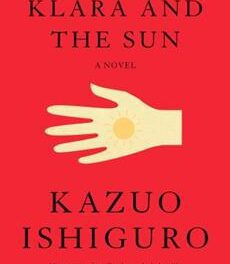 Associate Editor Becky Adnot-Haynes: When I was a kid I used to do this weird thing where I folded over the top of my sock because the seam bothered my toes. Apparently, my uncle used to do the same, and he turned out to be a doctor—so my parents used to joke that maybe I would, too. I unfortunately never got close to a career in medicine (it’s true—writers really are afraid of science). But I do harbor a mild fascination for morbid and medical matters. Call it genetics.
Associate Editor Becky Adnot-Haynes: When I was a kid I used to do this weird thing where I folded over the top of my sock because the seam bothered my toes. Apparently, my uncle used to do the same, and he turned out to be a doctor—so my parents used to joke that maybe I would, too. I unfortunately never got close to a career in medicine (it’s true—writers really are afraid of science). But I do harbor a mild fascination for morbid and medical matters. Call it genetics.
Anyway, right now I’m reading Stiff: The Curious Lives of Human Cadavers, Mary Roach’s book about what happens to our bodies after we die (there is a surprising array of possibilities). Roach approaches her material with just the right mix of respect and irreverence. Her tone is appealingly droll—she titles her chapter on the use of human crash test dummies “Dead Man Driving”—and yet you get the impression that she has a deep respect for the bodies that perform tasks, often as part of medical research, that live humans cannot. And the material itself is endlessly fascinating, ranging from the use of dead bodies in plastic-surgery practice to historical instances of body snatching to the University of Tennessee’s “Body Farm,” where corpses are placed in what Roach describes as a “lovely, forested grove” to allow researchers to study their various states of decay.
The writing is personal, too, when it needs to be: In the final chapter Roach ponders the fate of her own corpse. (You get the idea, reading Roach’s book, that she sees the many conceivable uses for her cadaver as a sort of buffet of opportunities.) She contemplates, among other possibilities, her own body’s life-after-death as a medical skeleton in New Mexico or as a member of the Harvard Brain Bank. (“You do not need brains to go to the Harvard Brain Bank,” she deadpans, “only a brain.”) All in all, it’s an excellent read. Highly recommended, and not only for those who prefer flip-flops.










